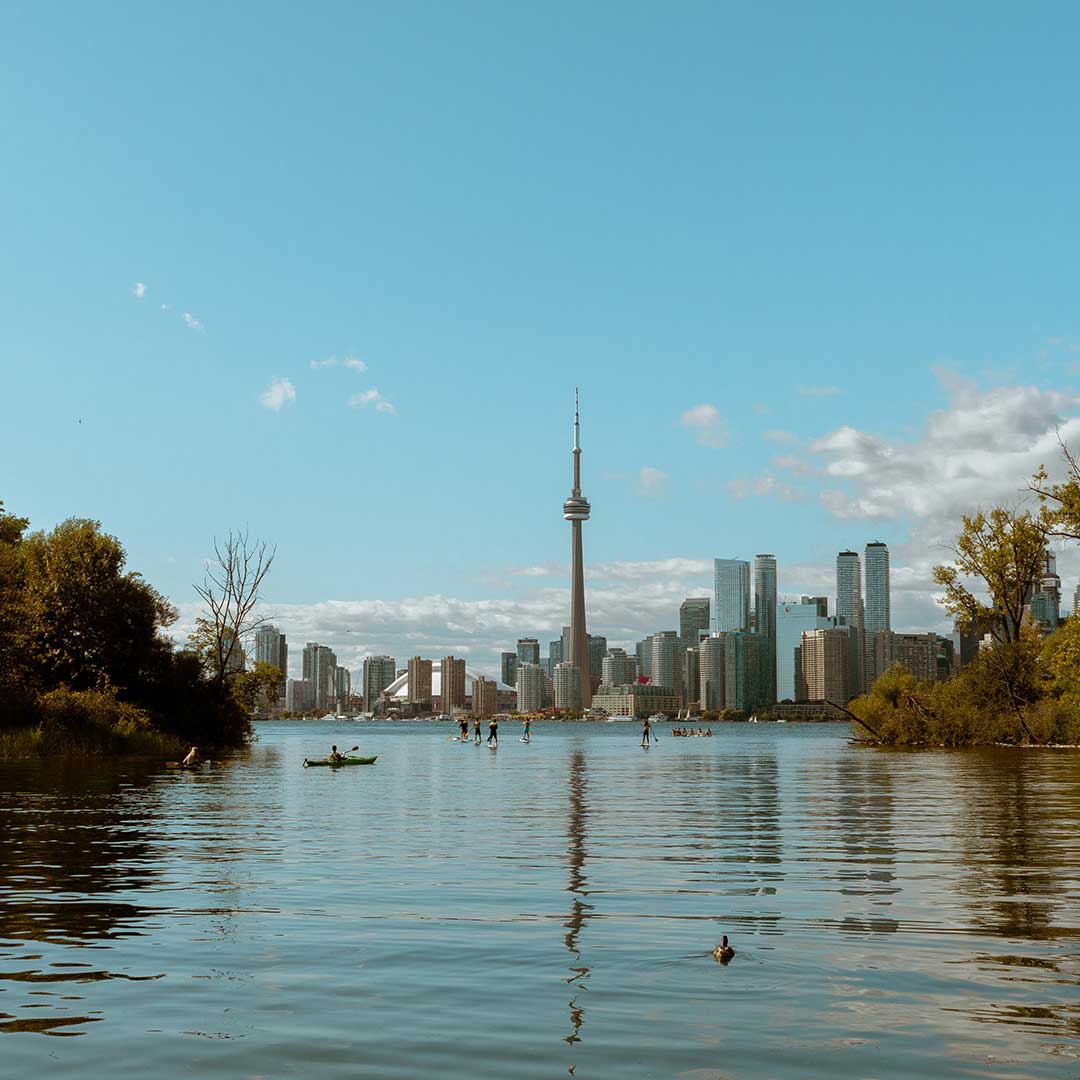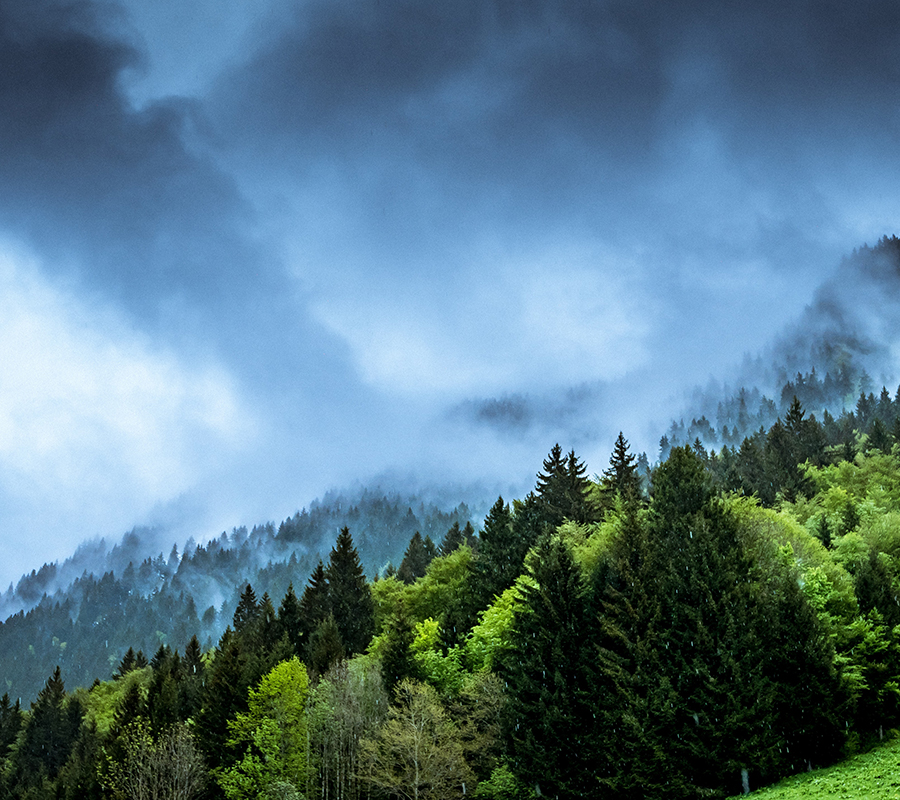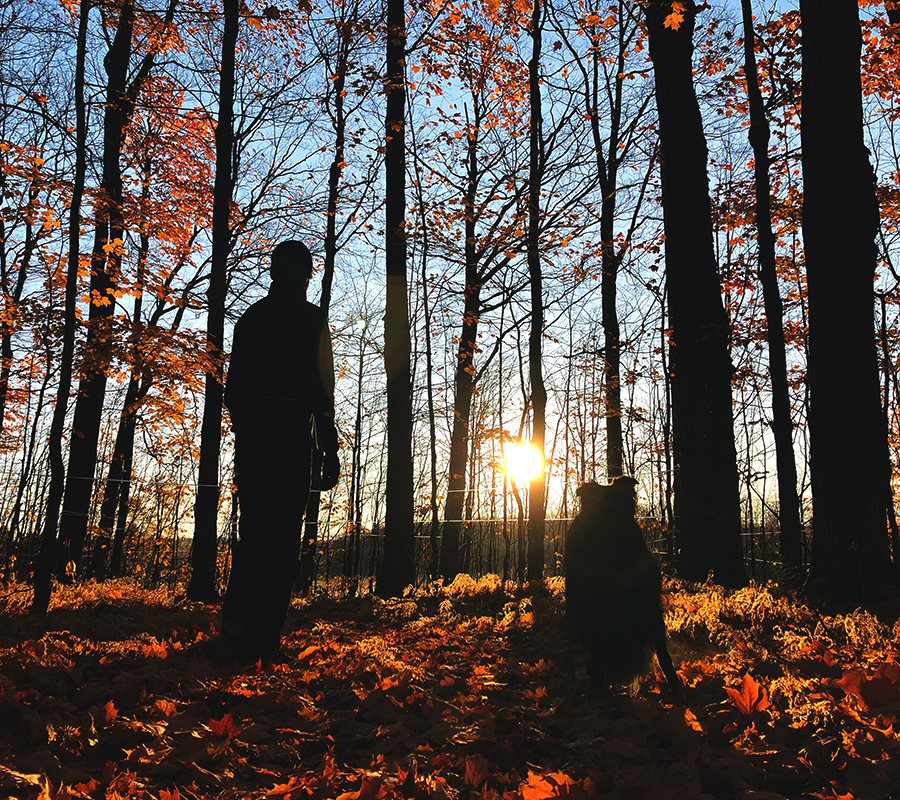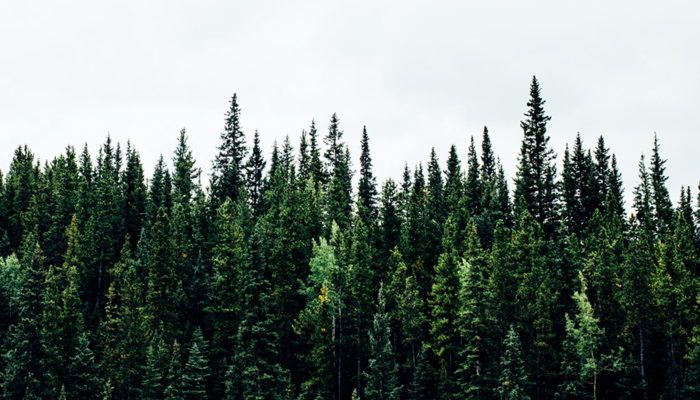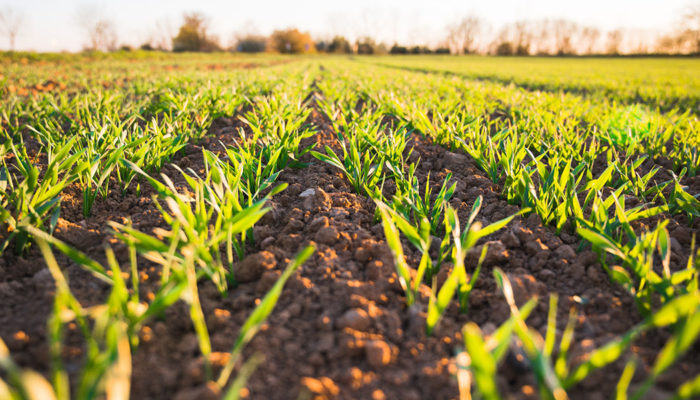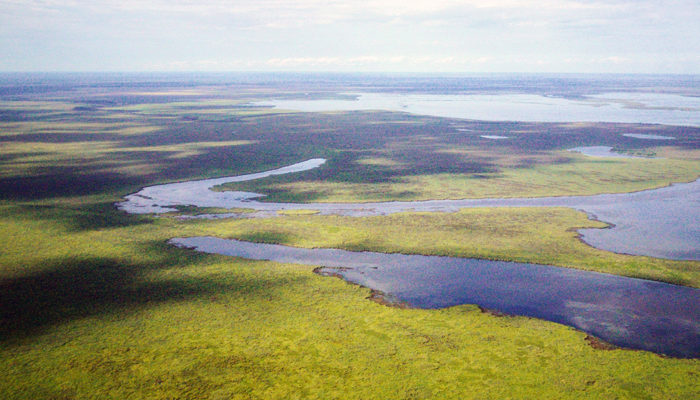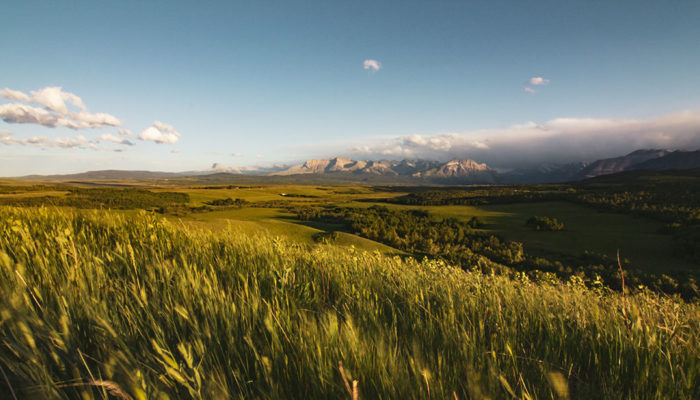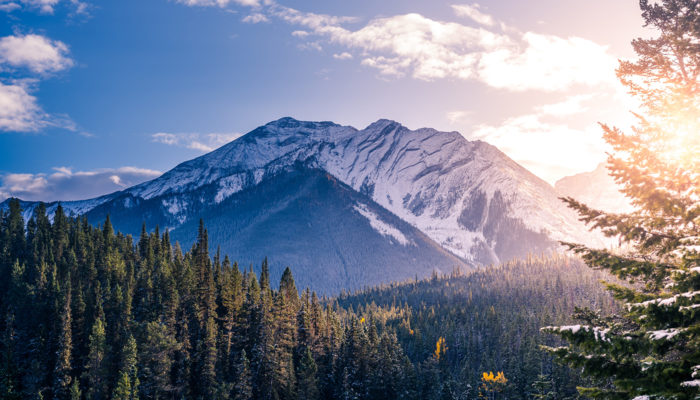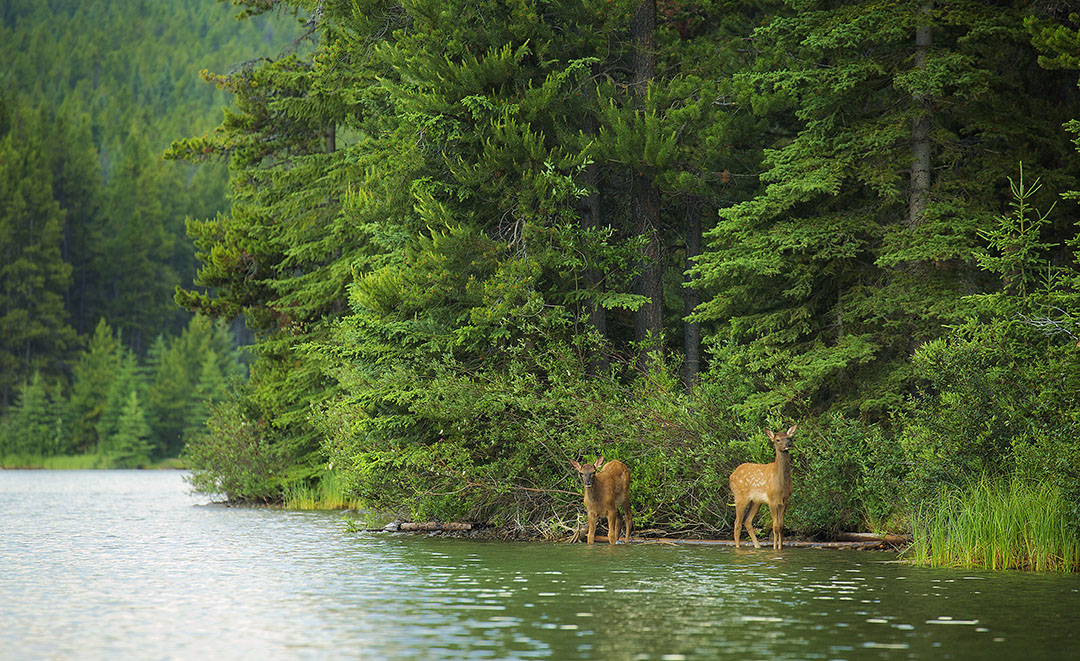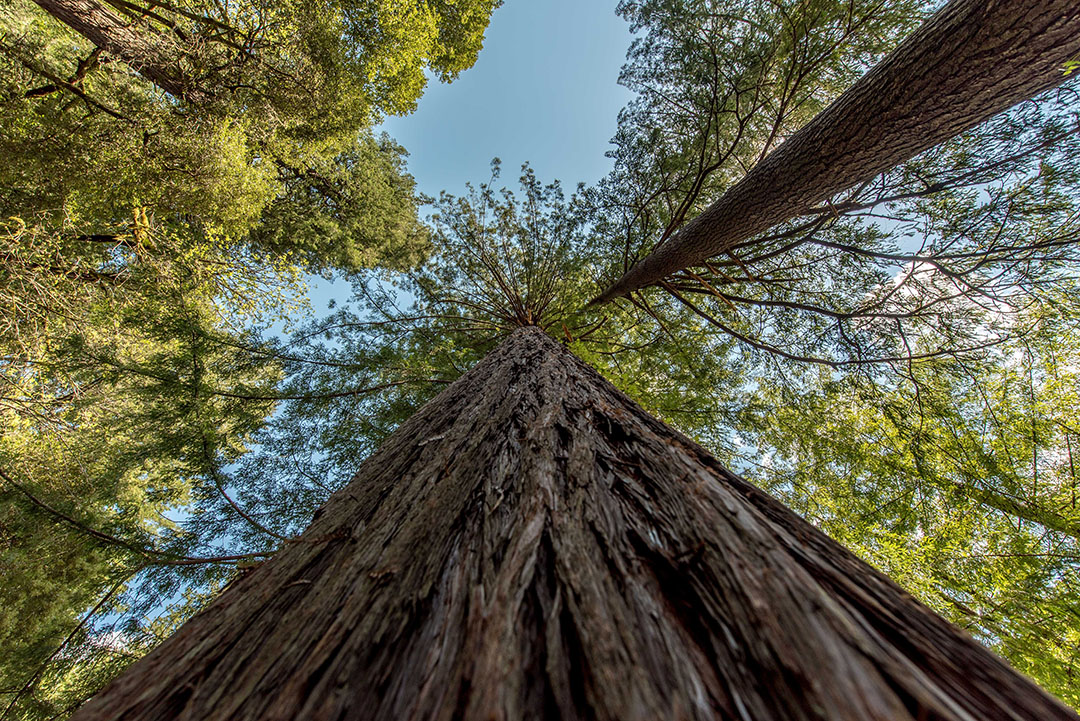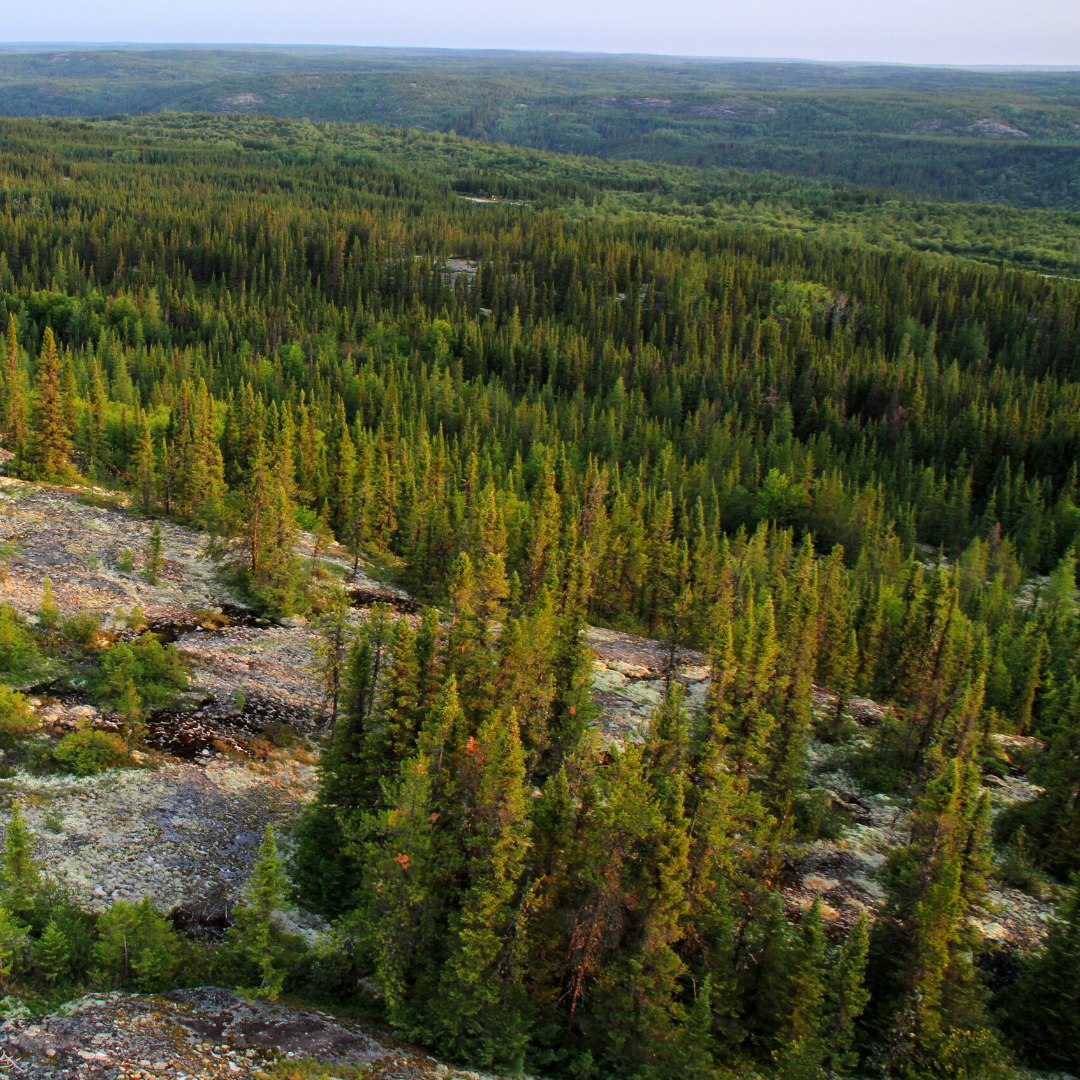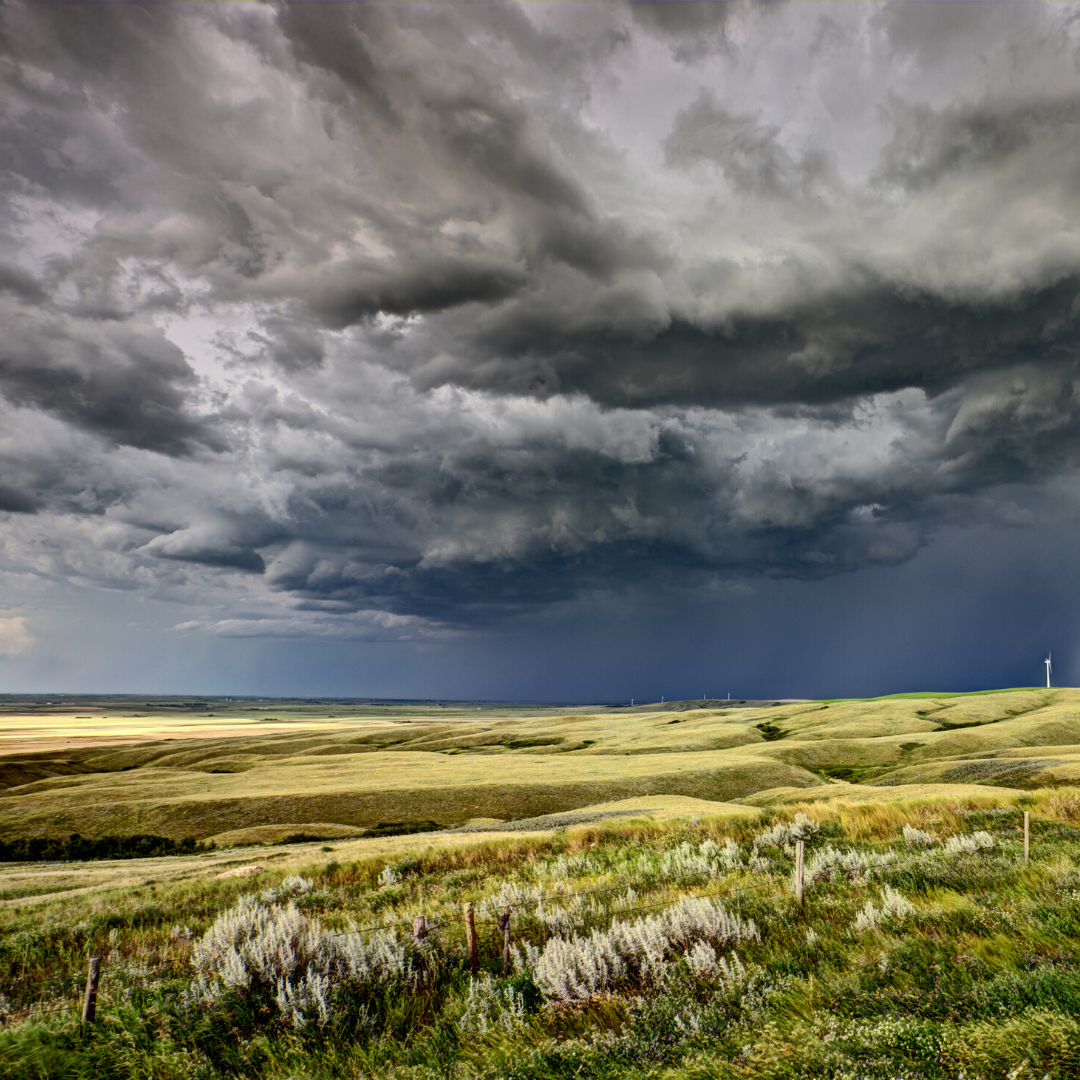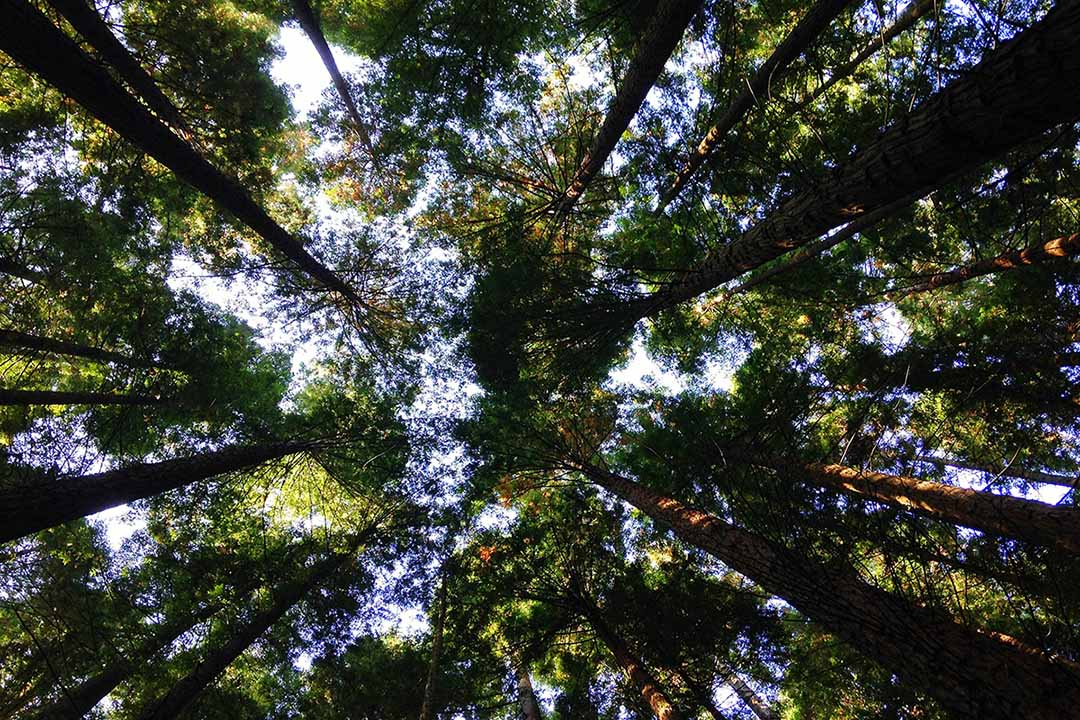More than 1 million animal and plant species are at risk of extinction.
Human-caused greenhouse gas emissions are increasing the Earth’s temperature, which in turn is increasing the rate of floods, fires, droughts and storms, causing harm to human and ecological health and the survival of already threatened species.
At the same time, human-caused habitat and wildlife degradation and destruction is causing the most rapid rate of species extinction in human history: more than one million animal and plant species are at risk of extinction, including more than one in three amphibians and marine mammals.
The biodiversity of species on land and water is critical to healthy soil, insects and plant life, which in turn is crucial to providing the food, water and air upon which human well-being depends.
Preventing climate breakdown requires rapidly transitioning away from fossil fuel use – in energy, buildings, transportation and manufacturing. But protecting and restoring nature is also critical to stabilizing and reducing atmospheric carbon levels, adapting to climate change, protecting biodiversity, and ensuring a sustainable future.
